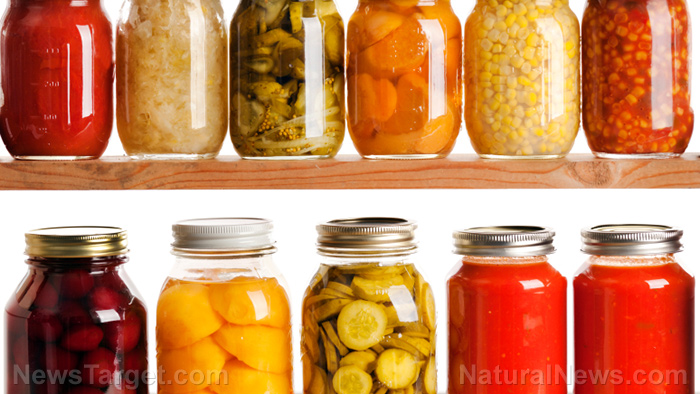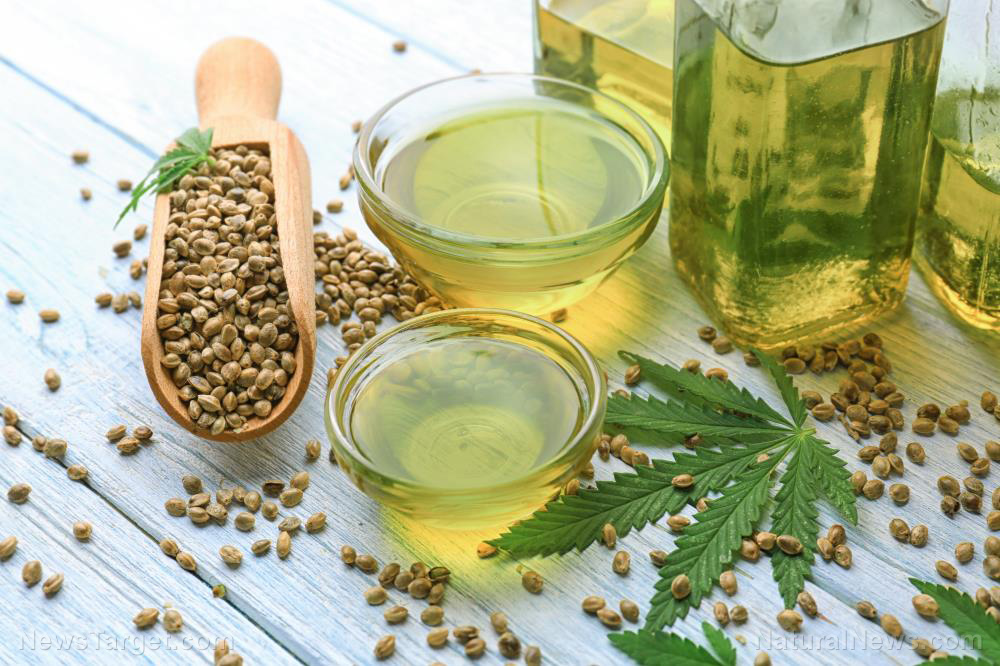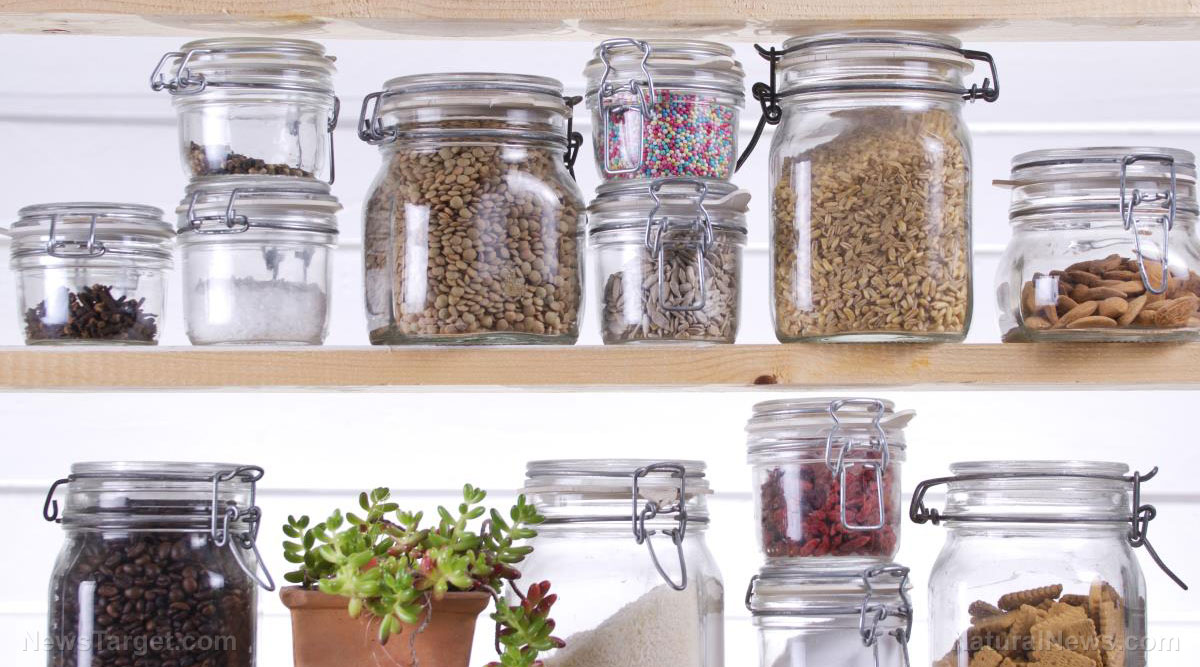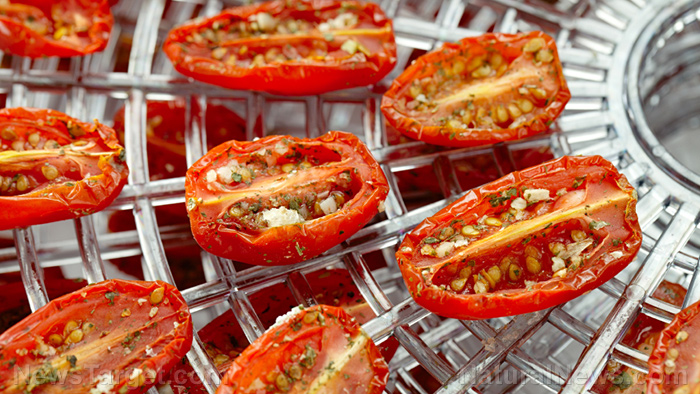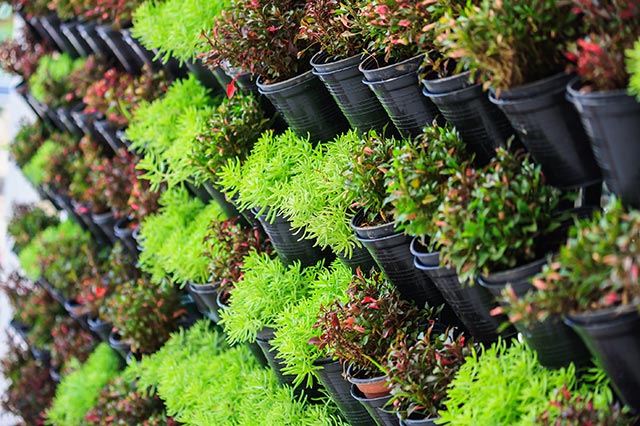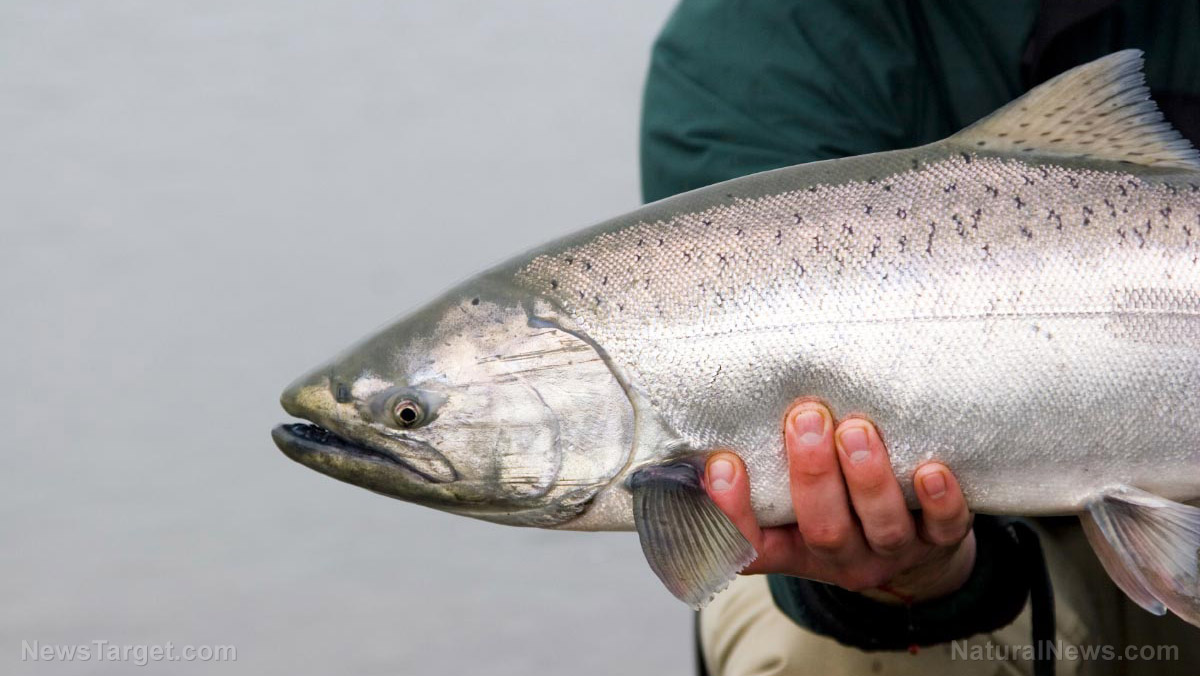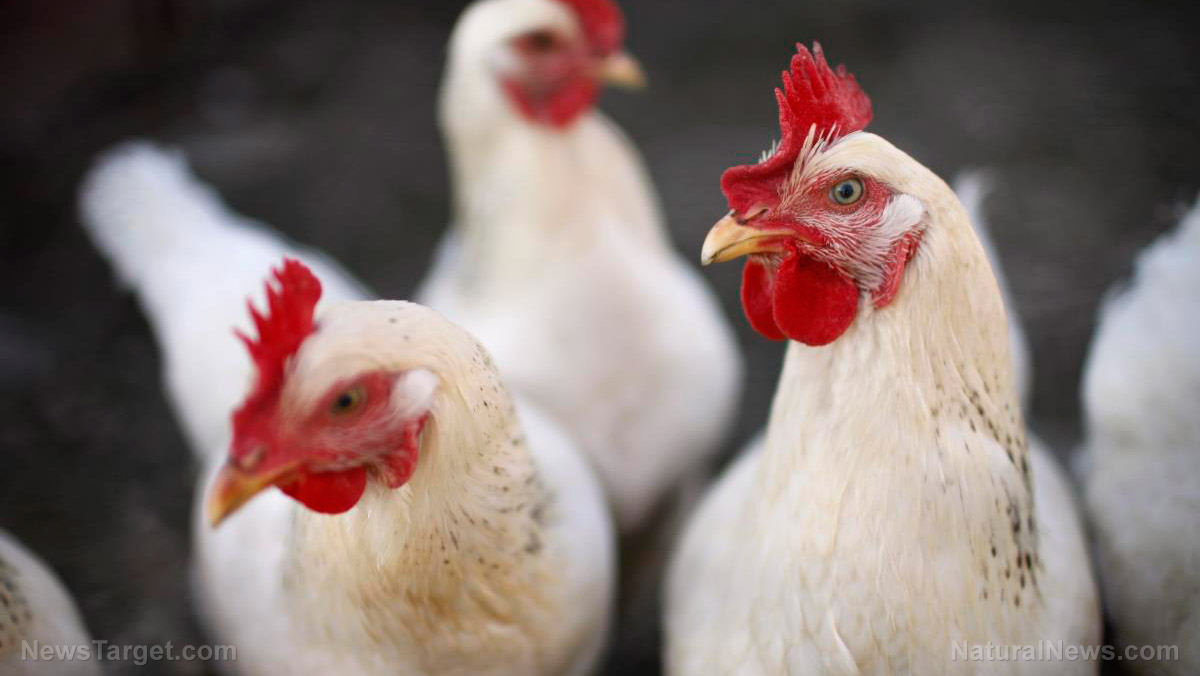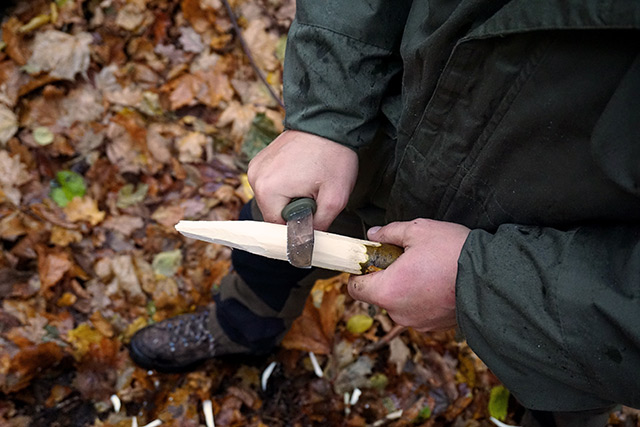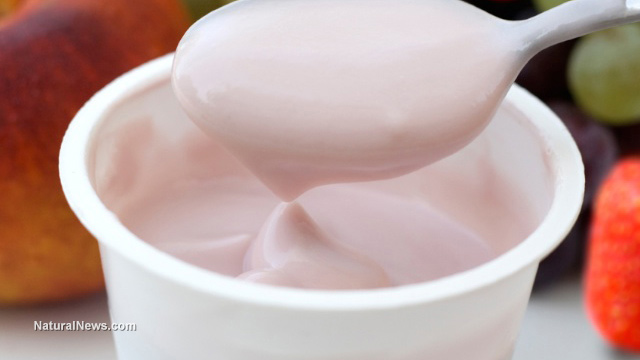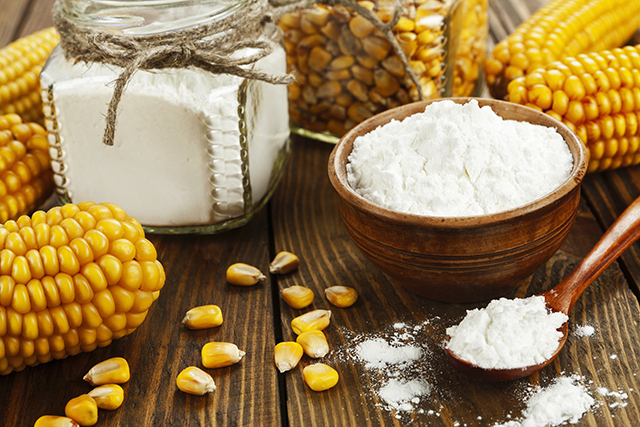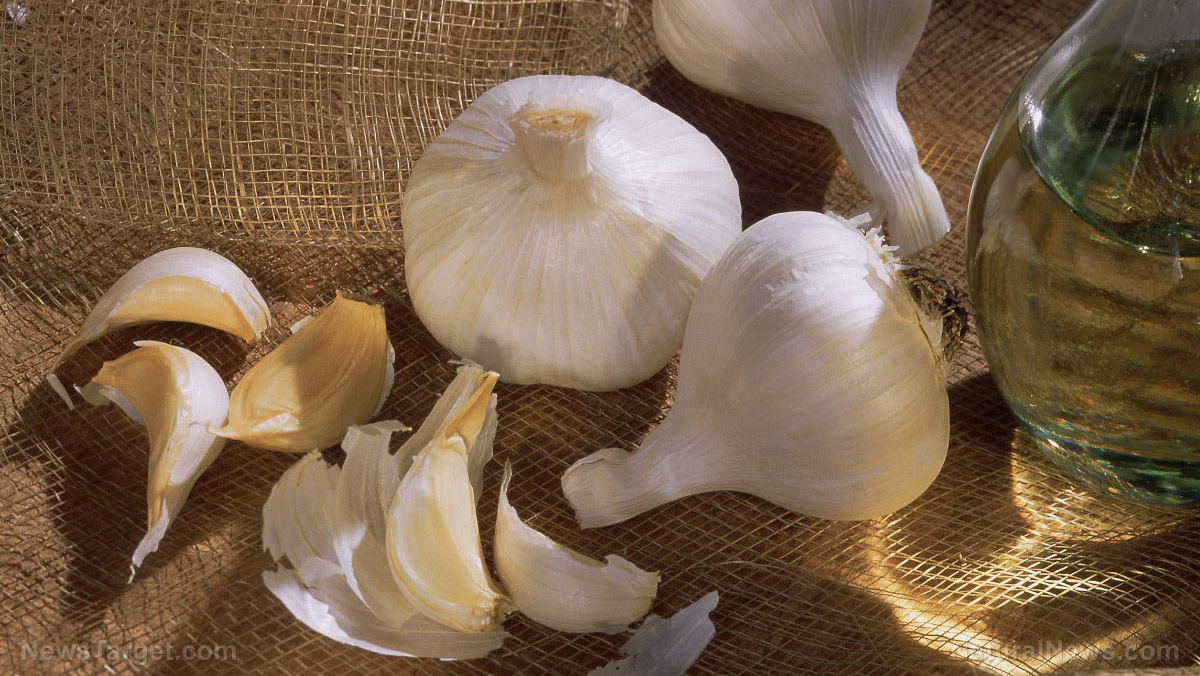The top 10 best foods to grow for survival
04/07/2018 / By Zoey Sky
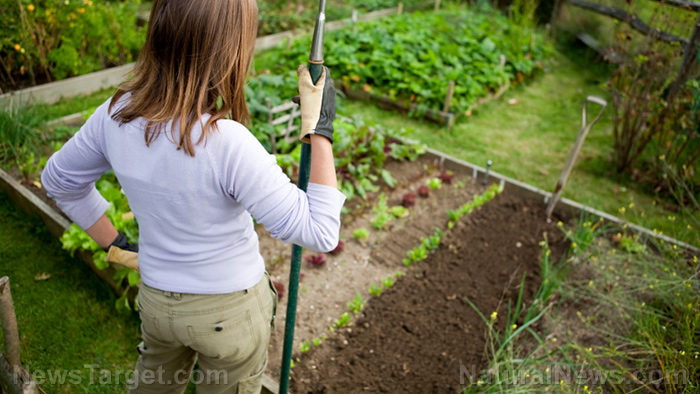
When it comes to prepping, it’s always good to know about the best plants that you can grow in your garden or homestead. If you have access to your own produce, you can cross food off of the things that you have to think about when SHTF.
If a survival situation involves a long-term recovery event, your food and water supply may run out, unless you’ve stored at least several years’ worth of food in your stockpile. (h/t to SmartPrepperGear.com)
But this isn’t always possible for all preppers, so you have two options: You can resort to scavenging food or growing your own. The best option is to grow your own food, but this may sound daunting for those who don’t have any gardening experience.
Gardening tips
Learning how to cultivate a garden is a great survival skill to have. When you start eating the food from your stockpile is also the best time to start growing your survival garden.
If you have extra produce, you can use it for bartering. Aside from easing your worries should SHTF, a survival garden can also help you save on food expenses.
If you live in an apartment, you can still grow plants via a mini herb garden. However, indoor gardening conditions may vary so take note of the heat and sunlight conditions, which might dry out the soil at different rates. For indoor gardening, it’s important not to over-water, which is as bad as under-watering plants. (Related: Urban homesteading: Prepping tips for those who live in apartments or have limited space.)
A survival garden is different from a regular garden. The former is designed to produce enough crops so your family can survive on the harvest alone. Meanwhile, the latter often grows produce that can either be sold or paired with foods bought at stores.
When you’re planning the best foods to grow for survival, consider these factors:
- High-yield crops – If you’re growing produce for a large group, maximize the size of your land by choosing high-yield plants that can thrive in a small area.
- Cold weather crops – You can extend your food supply with cold weather crops, especially since you can’t grow or harvest a lot of plants in the winter.
- Crops that are easy to store – Not all plants will survive harsh summer or winter climates, so grow foods that can be stored during these months. When deciding, choose plants with long shelf lives that are easy to can, dehydrate, or freeze-dry.
- Perennial crops – A perennial is a plant that can live longer than two years. These plants are grown annually and once harvested, they die and must be replanted. Perennials can be picked off from the plant so they regrow. Take note that some of the perennials below may not grow perennially in all locations. Check your temperate zone to confirm this.
The best foods to grow for survival
Consider growing these plants in your survival garden:
- Beans – High in minerals, protein, and vitamins, beans are packed with energy-boosting calories. A high-yield perennial, beans can be eaten straight off of the plant. Beans have a long shelf life when dried, and they enrich the soil with nitrogen that other plants need to grow.
- Cabbage – Cabbage is a nutritious perennial that’s easy to grow.
- Carrots – Carrots can be stored through the winter months in cool places like your refrigerator or root cellar. However, carrots require sandy, well-draining soil to grow.
- Corn – When dried, corn has a long shelf life. It’s easy to harvest and corn doesn’t need threshing. It also doesn’t need much room to grow.
- Garlic – Garlic is a highly nutritious medicinal plant. A great antibiotic and antiviral, high-yield garlic can boost the immune system and reduce high blood pressure and cholesterol.
- Herbs – Herbs are high-yield and easy to grow in indoor mini herb gardens. Consider planting some herbs like chives, basil, or ginger. You can extend the shelf life of these perennials by drying them out.
- Kale – A high-yield plant, kale can be grown in late fall or early winter. It can be dried and frozen so you can store it for a long time.
- Potatoes – Potatoes are easy to grow in different climates and soil types. This tuberous crop is full of carbohydrates that can provide you with a lot of energy. Potatoes contain calcium, minerals, and vitamin C and they are immune to cold fronts. They can be grown without a lot of irrigation, and potatoes can be stored for several months without processing or electricity. You can grow potatoes in a 10-foot row spaced 12 to 18 inches apart, which can yield about 30 pounds of potatoes.
- Squash – Squash doesn’t need to be dried to have a long shelf life and it can be stored in a cool, dark place for about six months. Squash can produce a big yield, but they require a reasonable amount of space to grow.
- Tomatoes – Easy to grow, high-yield tomatoes can be used in various dishes. They’re great for canning, but tomatoes also need a reasonable amount of space to grow.
By cultivating your own survival garden, you can ensure that you have access to fresh produce even if your food supply runs out.
You can learn more about the best survival plants and how to cultivate your own garden at Homesteading.news.
Sources include:
Tagged Under: Collapse, disaster, gardening, high-yield crops, Homestead, homesteading, how-to, off grid, preparedness, preparedness and survival, prepper, prepping, SHTF, survival, survival food, survival garden, survival plants, survival skills

